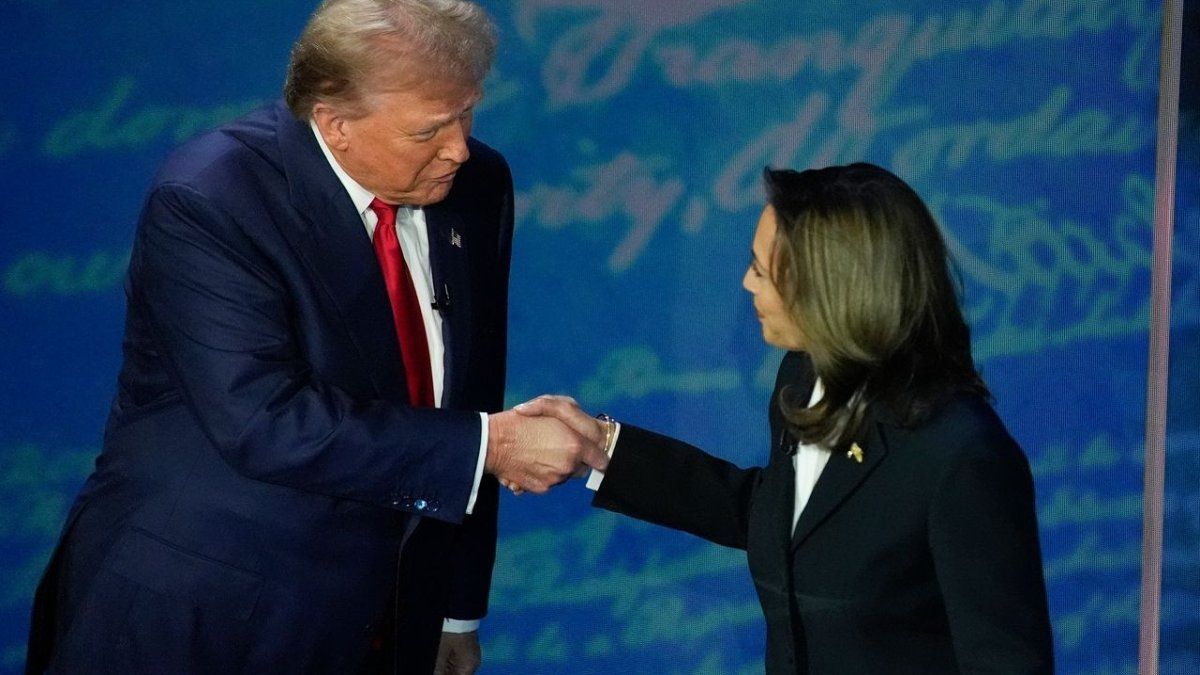Donald Trump and Kamala Harris face each other in the new United States elections that will define the future direction of the country. The masses provide as the tightest in historywith a head to head which could end in something never seen before: a tie.
This possibility is very difficult, but not impossible, and given the parity of the elections, It is one of the years in which it could happen.
How can a tie occur?
The American elections are not like those held in most countries in the world. There, the president is not elected by the total number of votes obtained at the national level, but the system of Electoral college.
Each state makes a contribution of a certain number of voteswhich are distributed based on their population and number of voters. Most of these 50 states They give all of their votes to the candidate who wins in the place
Thus, whoever emerges victorious in California takes the 54 votes of that state, whoever wins in Wyoming takes the three votes that are at stake there, and so on. In short, the essential thing to become president is win at least half plus one of the votes.
The Electoral College is made up of 538 votes in totalso they must obtain at least 270 votes to be the first president of the United States.
But in that number lies the answer, since being an even number, there is the possibility that both candidates get 269 votes and everything ends in tie between democrats and republicans.
United States-elections 2024.jpg
The United States defines its future in very close elections.
A24
How elections are defined in the event of a tie
If it turns out that the two candidates have 269 votes in favor, the new House of Representatives She is in charge of breaking the tie. This is determined by the 12th Amendment to the US Constitution.
The composition of said chamber is also chosen in the votes this Tuesday. Thus, the Lower House would meet in a special session from January 6 to elect the president.
In these sessions, each delegation representing a state would have one vote. So, the candidate who gets 26 votes or morewill be crowned the new president of the United States.
This reflects that, unlike the national elections, in this assembly the weight of California and Wyoming would be exactly the samealthough the first state is much larger in population.
Currently, the Republican sector contains exactly 26 states in the House of Representatives, while the Democrats have 22, and the remaining two are tied. Everything indicates the numbers would not vary so much post-election.
These statistics lead to the assumption that Trump would have a better chance of being president in the event of a tie, given that most states would support him and not Harris.
Source: Ambito




